Ever watch a kayak gracefully slice through the water, leaving you in its wake? While leisurely paddling is relaxing, more advanced kayakers want to gain speed.
Proper posture, torque, shortened powerful strokes, and engaging core muscles are key techniques. With practice, you can increase the stroke rate to 50-60 per minute. Tilting your pelvis and using lats and pecs instead of just arms will maximize power.
Mastering these tips will have you kayaking faster and reaping all the benefits. Want to see major improvements in speed and form? Read on for more techniques.
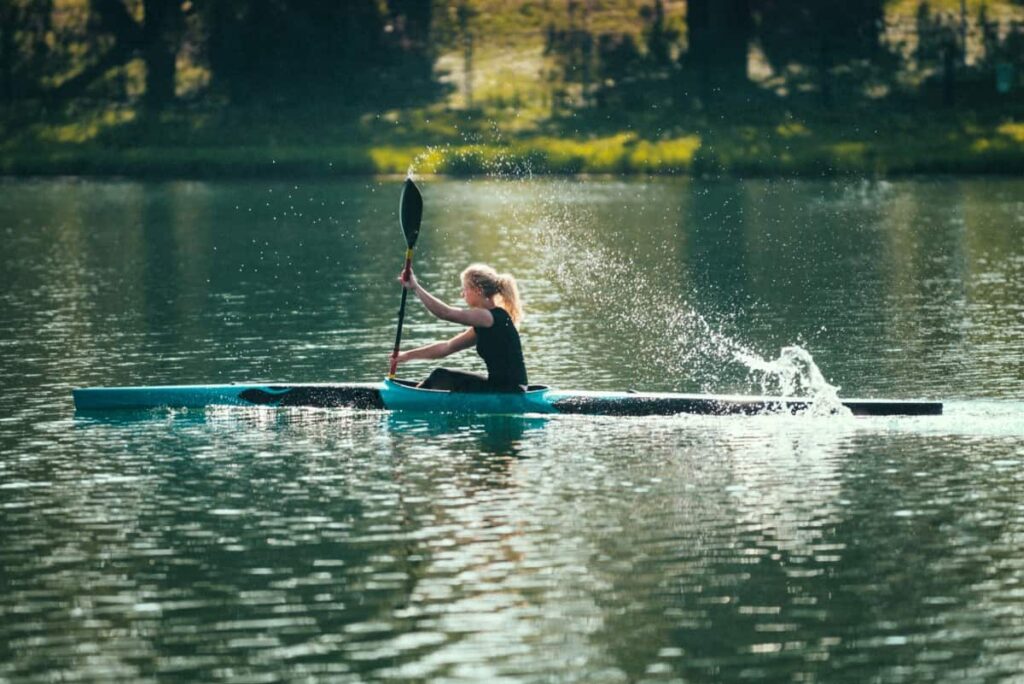
How To Kayak Faster?
Kayaking speed isn’t just about brute force; it’s about finesse, technique, and harnessing the power of your entire body. Dive into these key practices, and you’ll be carving up the water like a seasoned kayaker in no time.
Posture Perfection:
Your kayak is your chariot, and your body is the engine. Proper posture is the foundation for efficient paddling. Sit up tall with your back straight, core engaged, and shoulders relaxed.
Imagine a string gently pulling the crown of your head upwards. This upright position maximizes leverage and minimizes wasted energy.
High-Angle Hero:
Forget those low, sweeping strokes that leave you feeling like a tugboat captain. Embrace the high-angle forward stroke.
Enter the blade deep near your feet, keep your elbows high, and pull in a straight line close to the kayak. Think “powerful hug,” not windmill! This minimizes drag and transfers more power into forward motion.
Core Crunch:
Your kayaking power doesn’t just come from your arms. Engage your core muscles with every stroke! Twist your torso as you pull the paddle, using your back and abdominal muscles to add oomph to your strokes.
Imagine squeezing an imaginary orange between your belly button and spine. This adds rotational power and propels you forward with minimal arm fatigue.
Catch and Release:
Think of each paddle stroke as a cycle of “catch, pull, and release.” Enter the water with a smooth, controlled motion, then engage your core and arms to pull forcefully through the water.
Finally, release the blade cleanly with a flick of the wrist, preparing for the next catch. This rhythm maximizes power during the pull phase and minimizes drag during the recovery.
Power vs. Pace:
Finding the perfect balance between stroke power and paddling cadence is key. Strong, deliberate strokes with a slightly slower pace can be more efficient than frantic, weak paddling.
Experiment to find what works best for you and the conditions you’re in. Calm waters might call for longer, powerful strokes, while choppy conditions might require shorter, quicker ones.
So hit the water, put these tips into practice, and watch yourself transform from a paddling novice to a waterborne warrior!
Bonus Tip: Optimize your kayak trim and equipment. A properly seated position, adjusted footpegs, and the right paddle length can make a world of difference. Invest in quality gear and learn how to tune your kayak for peak performance.
With dedication and these insider secrets, you’ll be leaving the slowpokes in your wake and conquering the water like a true kayaking champion!
Physical Conditioning for Faster Kayaking
Building targeted physical conditioning can unlock hidden speed and endurance, transforming you into an aquatic powerhouse. Let’s dive into the key areas to strengthen:
- Build Strength:
- Basic Exercises: Push-ups, pull-ups, and planks for the upper body and core.
- Rowing Machine: Enhances back, shoulders, and arms.
- Core Workouts: Russian twists, and bicycle crunches for balance and power.
- Increase Endurance:
- Cardio: Jogging, cycling, and swimming for overall stamina.
- Interval Training: Mix intense bursts with lighter activity.
- Regular Kayaking: Builds kayaking-specific endurance.
- Kayaker-Specific Workouts:
- Kayak Ergometer: Simulates real paddling.
- Resistance Bands: Strengthen kayaking muscles.
- Balance Training: Single-leg stands, and balance board for better paddling.
- Training Tips:
- Start Slow: Build up exercise intensity.
- Stay Consistent: Regular workouts are key.
- Nutrition and Hydration: Essential for performance and recovery.
Safety First
- Listen to Your Body: Avoid overtraining. If you feel pain or extreme discomfort, take a break.
- Consult a Professional: If possible, work with a fitness trainer, especially for personalized exercise routines.
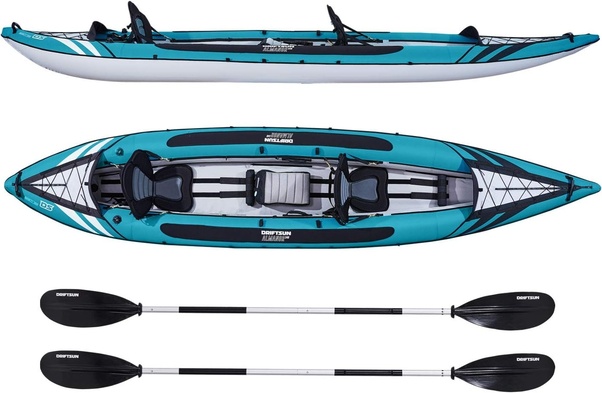
Equipment Tips for Speed
Let’s explore the key equipment choices for a speedy journey:
Paddle Perfection:
- Material: Fiberglass or carbon fiber paddles are lighter and stiffer than aluminum, translating more power from your strokes to forward motion.
- Length: Taller paddlers need longer paddles for efficient strokes, while shorter paddlers benefit from a more compact reach.
- Blade Design: Wider blades offer more power, while narrower ones slice through the water with less drag. Choose based on your paddling style and conditions.
Kayak Cruise Control:
- Hull Type: Touring kayaks, with long, narrow hulls, are built for speed and glide effortlessly through still waters. Recreational kayaks prioritize stability, making them less efficient for high speeds.
- Length: Kayak size is very important here. Longer kayaks generally track straighter and cut through the water with less resistance, leading to faster paddling. However, they can be less maneuverable in tight spaces.
- Weight: Lighter kayaks are easier to accelerate and require less effort to paddle at speed. Opt for lightweight materials like fiberglass or carbon fiber if speed is your priority.
Streamline Your Setup:
Don’t underestimate the power of a clean kayak! Unnecessary gear adds weight and drag. Pack light, secure loose items, and avoid bulky attachments that disrupt your water flow.
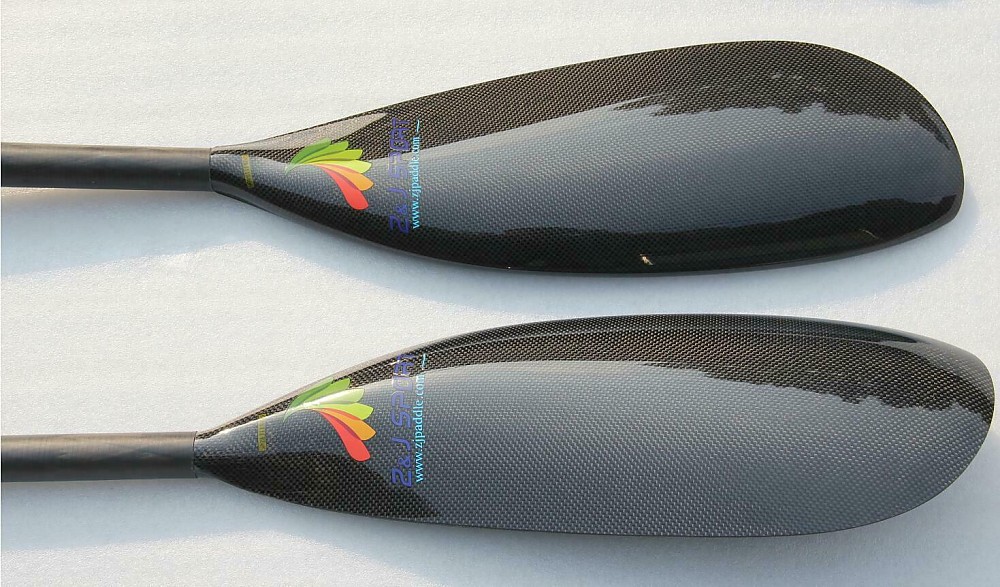
Advanced Strategies for Speed
Utilizing the Kayak Hull and Rudder Effectively
- Master the Hull: Understand your kayak’s hull design. A V-shaped hull cuts through the water faster.
- Rudder Skills: Use the rudder for better control at high speeds. It helps in maintaining a straight path.
Techniques for Different Water Conditions
- Calm Waters: Use long, powerful strokes for speed.
- Rough Waters: Opt for shorter, quicker strokes for stability.
Mental Strategies for High-Speed Kayaking
- Stay Focused: Concentrate on your path and rhythm.
- Relax: Keep calm to maintain efficiency and speed.
- Visualize Success: Imagine yourself moving swiftly and confidently.
These strategies, blending skill with mental preparedness, are key for achieving greater speed in kayaking.
Final Thoughts
Kayaking speed combines technique, strength, and equipment. Mastering posture, stroke efficiency, and physical conditioning, along with choosing the right kayak and gear, can significantly enhance your speed.
Embrace these strategies to transform into a swift, efficient kayaker, leaving others in your wake.
FAQs
A kayak’s speed is influenced by its hull design, length, weight, and the paddler’s technique and physical strength.
An average kayaker can reach speeds of about 2-3 knots 3.5 to 5.5 kmh, while experienced racers can exceed 9 mph.
Factors like kayak design, water conditions, paddler’s skill and strength, and environmental elements like wind and currents affect speed.
Racing kayaks, often long and narrow with a V-shaped hull, are designed for speed and can be the fastest.
Kayaking can be faster than walking. The average walking speed is about 3 mph, while kayaking can exceed this speed.
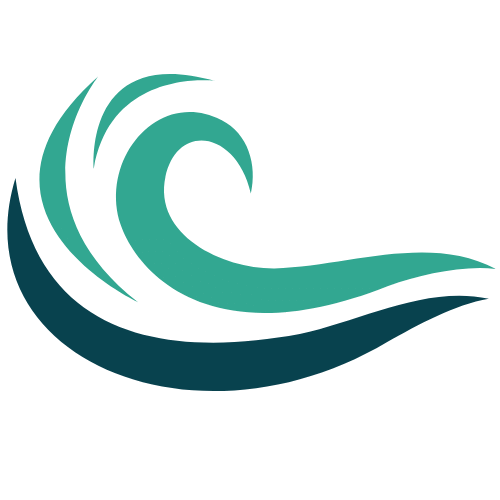
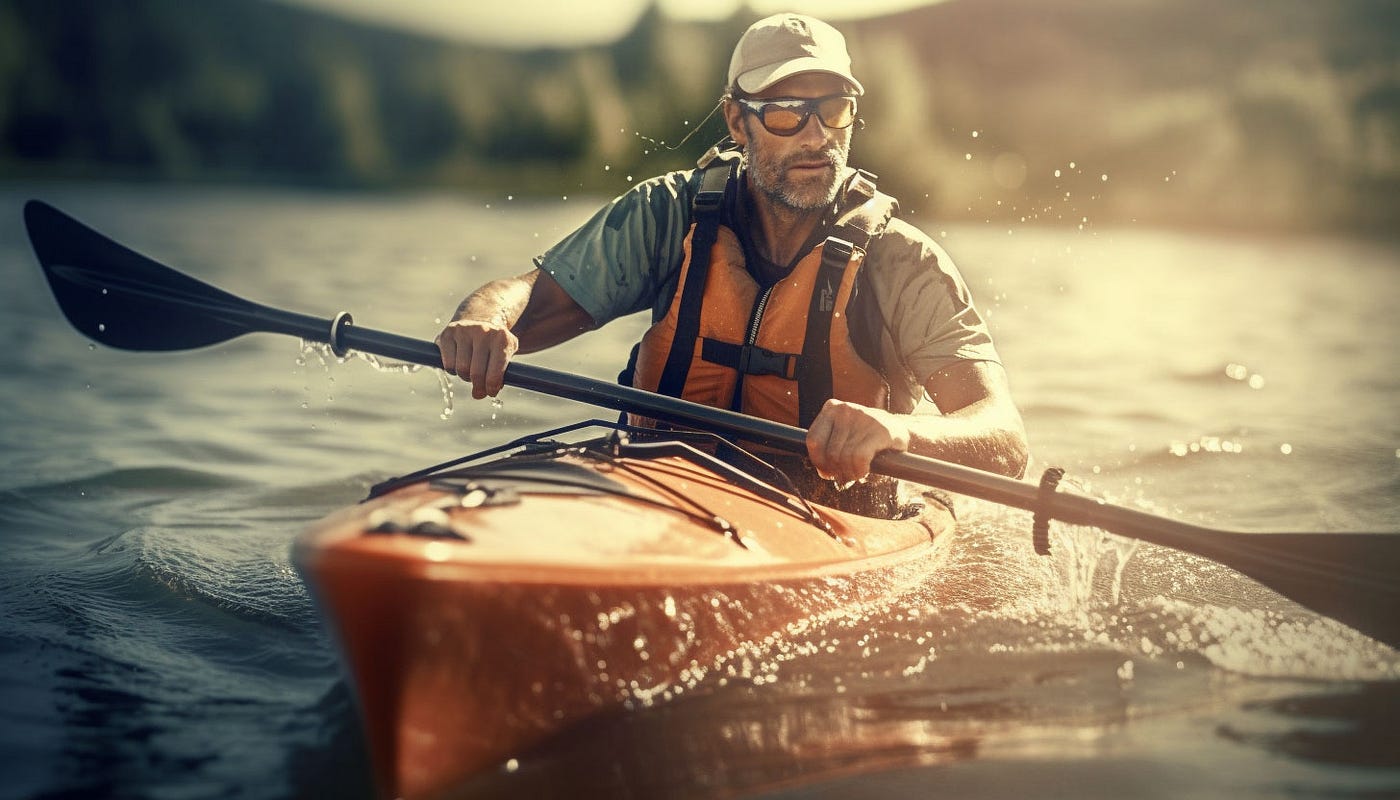
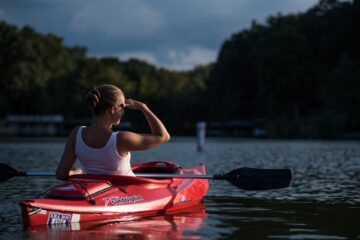
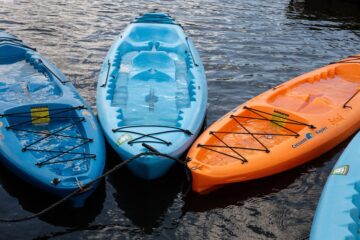
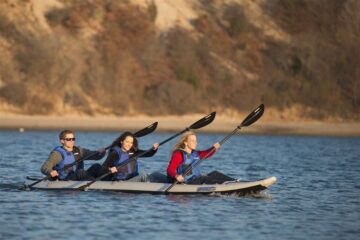
[…] guide delves into pro tips and effective techniques for a restful sleep in your kayak. Learn about specialized gear and setup strategies for a peaceful […]